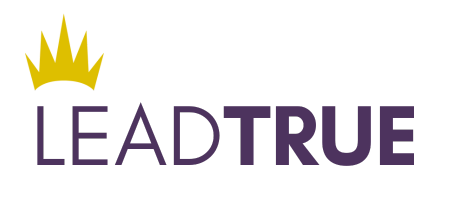So You Have a Life Plan: Now What?
by Peg Rowe
Now that you have a plan you like, (which is probably an integrated plan), you need to work it! Obviously life is in motion all the time, so you need a flexible system to make sure you are moving forward on this plan while enjoying life. Here’s how to work your plan over time:
Post a motivating visual reminder. This could be making your plan your screen saver, making your values the backdrop of your phone or creating a visual collage of your priorities for your office.
Create a daily or weekly system of inspired actions. At a pace that works for you, review your plan. Make sure you connect with each element, then make your next set of more specific inspired actions that will keep you moving.
Progress toward multiple goals with one action item, managing your Return On Energy (ROE). We can use the female brain’s capacity for cross connections beautifully. Have your kids ride bikes beside you as you run. You are exercising, connecting, having fun and teaching great life skills in one 20-minute window.
Focus on the task at hand, trusting your plan. Once you have created and chosen your next task, focus on that completely. Pausing the cross-connections (which can lead to over-processing and unproductive multi-tasking) and becoming mindful of what you’ve chosen to do next provides the moment-to-moment peace of mind that we crave.
Notice accomplishments daily. If we never feel like we’re getting anything done, we are overwhelmed and exhausted. We must notice what we are accomplishing each day, letting it be enough. Yes, there will always be more to do, you will never get it all done and you didn’t do it perfectly today. Yet you accomplished what you accomplished, and it was enough.
About the Author
Through her business experience, Peg Rowe brings knowledge, wisdom and unique perspective on building high performance teams, creating a collaborative culture, developing leaders and delivering exceptional results. She works seamlessly with all levels of management, across groups or in one-on-one settings.
Her intuition, calm manner and orientation to action, once critical to her leadership, are key assets in her work with clients. Peg takes a practical, strengths-based approach to executive coaching. Practical in that it focuses on the key behaviors required for improved performance. Strengths-based, in that the focus is on what is currently working in the executives leadership style that can be leveraged for improved performance and satisfaction.












Learn more about the importance of prioritizing diversity in this blog article by Lead True Global Leader Peg Rowe.